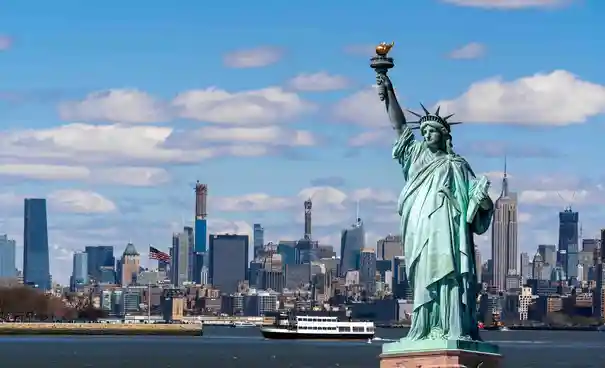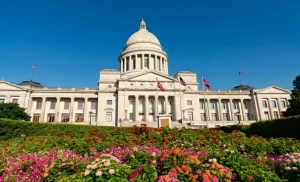If you’re planning to move, travel, or explore opportunities in any U.S. city, it’s essential to know which cities are the most dangerous. Not all lists are created equal, rankings often conflict, crime statistics can be confusing, and personal stories are frequently exaggerated or incomplete.
In this guide, we have done the legwork for you. We’ve analyzed FBI reports, reviewed local crime data, and fact-checked multiple sources to give you a clear picture of the most dangerous U.S. cities in 2025.
Whether you’re advancing your career at Techcrunch Disrupt in San Francisco, pursuing education at Harvard, celebrating family at the Macy’s Thanksgiving Day Parade in New York, being entertained at the New Orleans Jazz & Heritage Festival, or exploring business opportunities at CES in Las Vegas, you’ll have the context you need to make informed decisions.
Is the USA really dangerous?
In August 2025, Donald Trump declared a public safety emergency in Washington D.C., deploying 800 National Guard troops and assuming federal control of the Metropolitan Police Department.
It was an unprecedented move he framed as necessary to restore “law and order.” He signaled that similar crackdowns could extend to cities like Chicago, Los Angeles, New York, Philadelphia, Baltimore, and Oakland, portraying them as plagued by crime.
Yet FBI statistics tell a more nuanced story: violent crime nationwide dropped 4.5% and property crime fell 8.1% between 2023 and 2024, with D.C. itself seeing sharp declines in homicides and robberies.
This gap between rhetoric and reality highlights an important truth: while some cities do face very high crime rates, national trends show an overall improvement.
The top dangerous cities in the US for 2025:
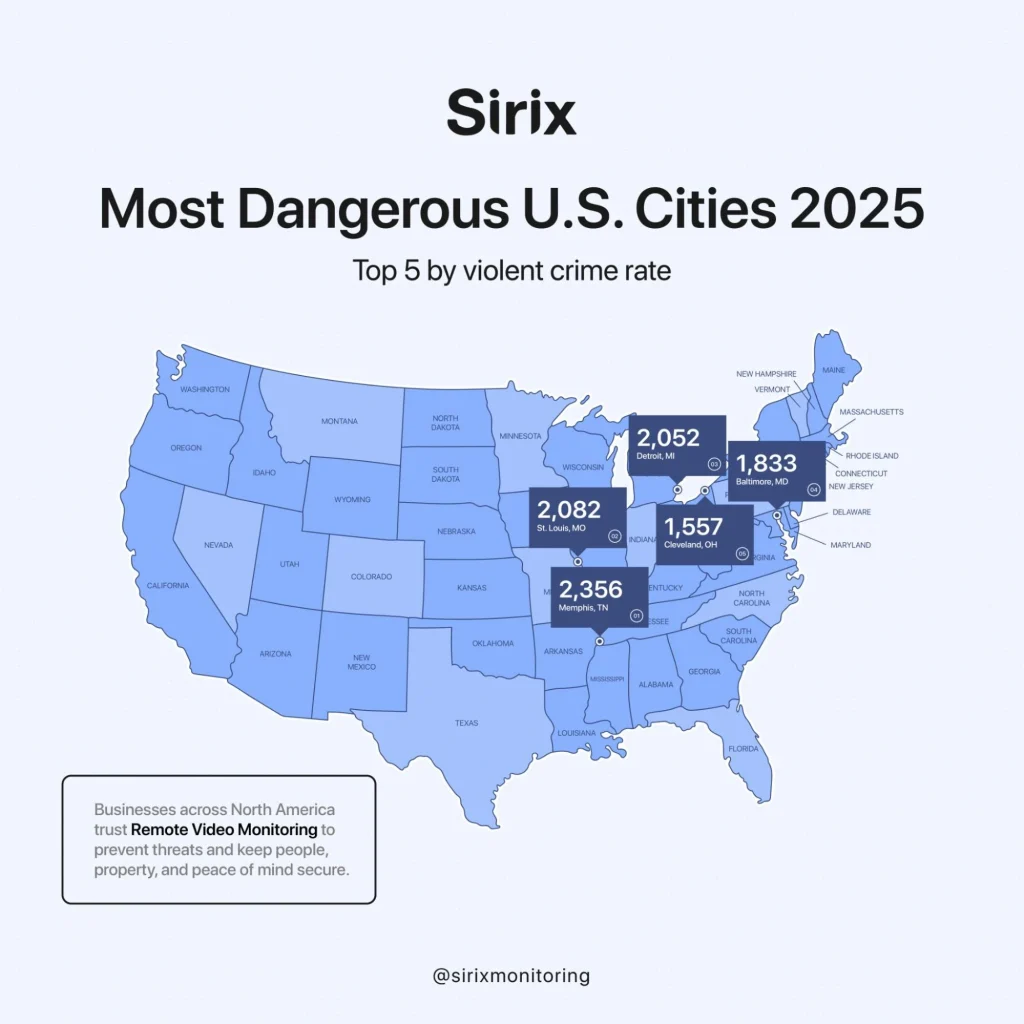
While these cities have high overall crime rates, they are not monolithic danger zones. Many neighborhoods are vibrant, historic, and beloved by locals. It’s essential to understand that not all areas are unsafe; some are thriving and safe.
Rather than entire cities being dangerous, crime is often clustered in specific neighborhoods or districts. Data-driven policing and community partnerships have reduced violent crime.
In this blog, we have combined all the research on the top cities to bring you the most dangerous cities in the USA. You’ll get:
- Accurate rankings based on verified, up-to-date data.
- Trusted trends to understand what crime stats really tell you.
- Real-world context of neighborhood risks and actionable insights.
Top cities by violent crime rates (2025):
According to aggregated credible sources, these cities are frequently cited among the most dangerous in the U.S. for 2025:
| Rank | City | Violent Crime Rate (per 100K) | Highlights |
|---|---|---|---|
| 1 | Memphis, TN | ~2,356–2,421 | High rates of gang violence, carjackings, and aggravated assaults. |
| 2 | St. Louis, MO | ~2,082–2,141 | Elevated homicide and property crime rates. |
| 3 | Detroit, MI | ~2,052–2,085 | Carjackings and assaults are tied to systemic poverty. |
4 | Baltimore, MD | ~1,833–1,931 | Persistent drug-related violence and robberies. |
| 5 | Cleveland, OH | ~1,557–1,725 | Poverty-driven crime and gang activity. |
Memphis, TN:
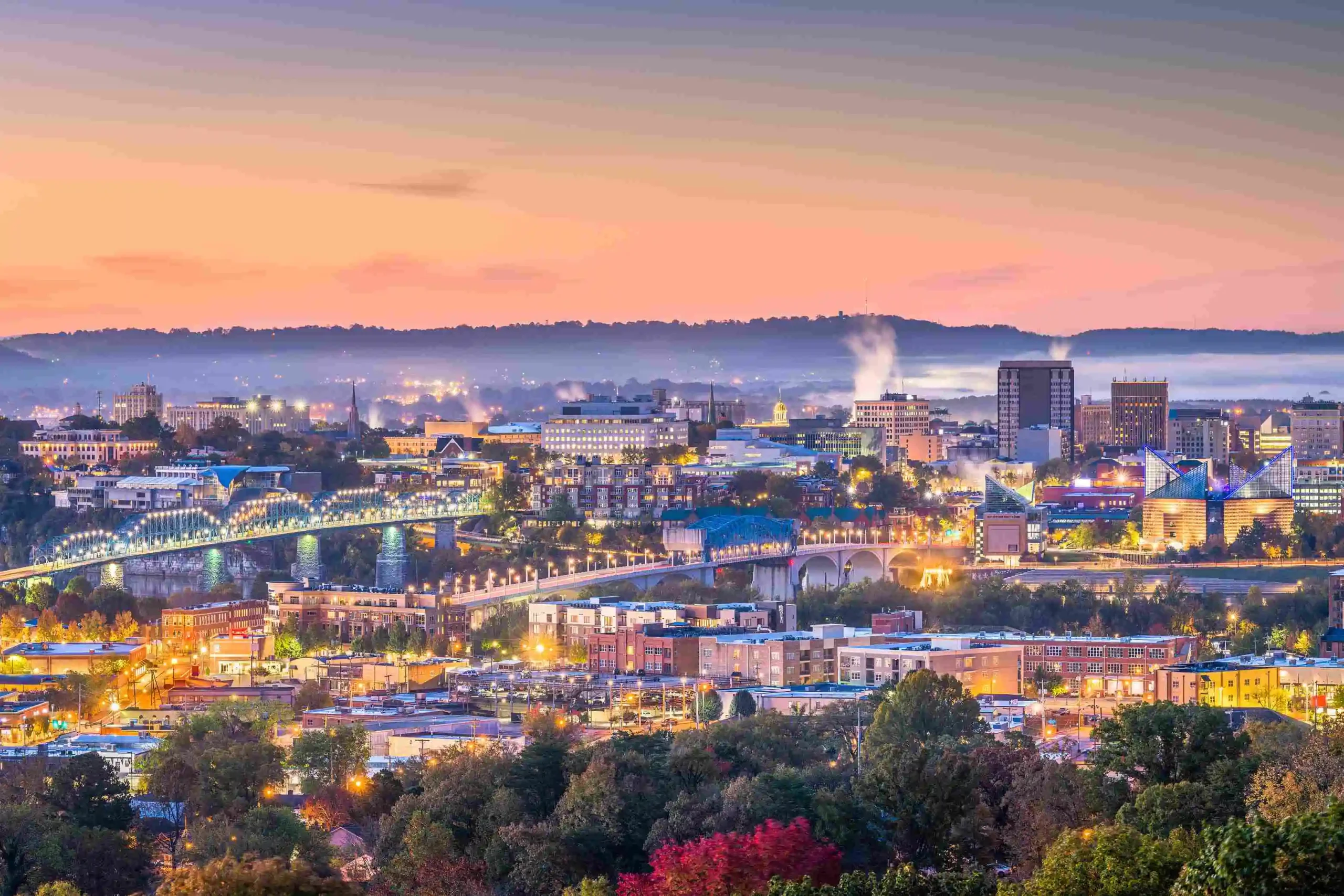
Is Memphis safe? It’s a question tourists often ask. While the city has long carried the ‘most dangerous’ label, the 2025 numbers tell a more complicated story. The FBI’s data shows homicides fell from 156 in 2023 to 129 in 2024, robberies dropped nearly 30% (1,420 to 1,028), and assaults ticked down slightly.
Yet, tourism is thriving: 4.3 billion visitors came in 2025, generating $4B in economic impact. At the same time, Memphis still posts a crime index of 74.8 and a safety index of just 25.2, making it a statistical outlier among major U.S. metros.
Why it stands out:
- Hotspot neighborhoods, including Downtown, Frayser, and Whitehaven, drive most of the city’s crime incidents, while suburbs like Germantown and Collierville consistently rank among Tennessee’s safest.
- Data-backed improvement: Robbery and homicide rates are trending downward, and the police chief’s “Operation Zero” reported a 30% cut in auto thefts.
- Tourism resilience: Despite its reputation, Memphis keeps landing on global “must-visit” lists (TIME’s World’s Greatest Places, Frommer’s Best Places to Go). Visitors tend to stick to the core attractions, including Beale Street, Graceland, and the Civil Rights Museum, where crime risk is minimal.
- Business paradox: Memphis’s role as a logistics hub (FedEx, rail, and highways) makes it attractive to investors, but high crime perceptions remain a barrier for relocating firms.
Key takeaway:
Memphis is not uniformly dangerous; it’s a city of extremes. Crime is heavily concentrated in specific pockets, while tourist zones and affluent suburbs remain safe and even booming. For residents, businesses, and travelers alike, the risk is real but highly situational.
Detroit, MI:
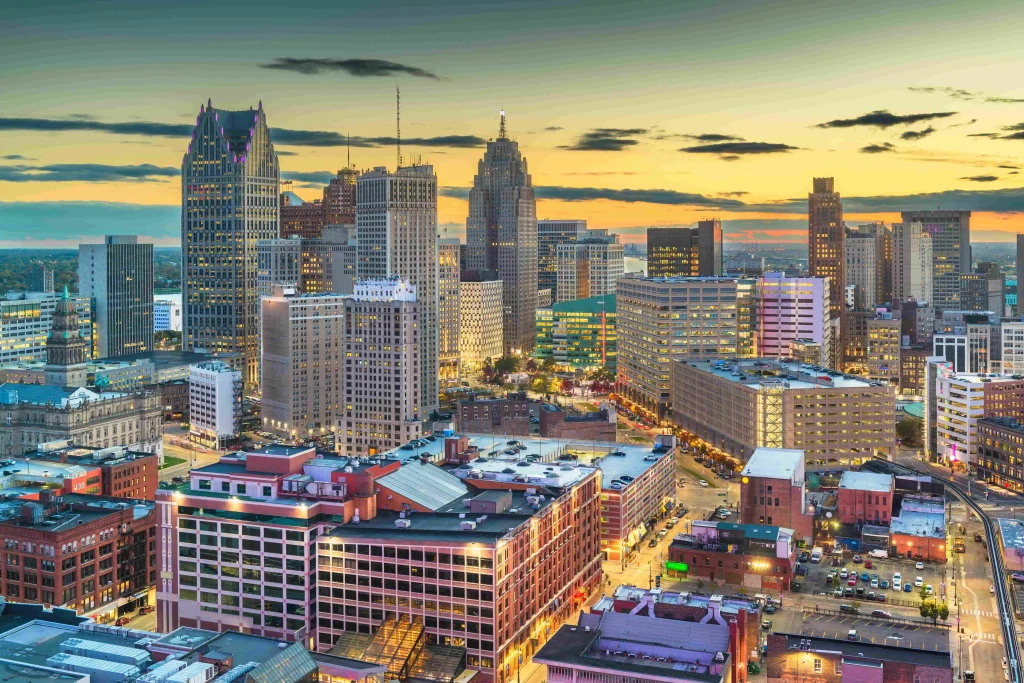
Detroit’s reputation as one of America’s most dangerous cities has deep roots, but the picture in 2025 is more complicated than the headlines. Crime remains high compared to national averages, but both violent and property crime are falling, with 2023 marking Detroit’s lowest homicide count in 57 years.
Why Detroit stays high on “dangerous city” lists:
- Historic violent crime: For years, Detroit ranked among the top U.S. cities for murder and assault. Theft remains the single most common offense, with over 15,000 cases reported in 2023.
- Property crime rates exceed national averages: Burglary, car theft, and break-ins occur at a rate of around 3,000 per 100,000 residents, significantly higher than the U.S. average of 2,000.
- Neighborhood disparities: Crime is concentrated in specific areas (Brightmoor, Oakwood Heights, Delray), while safer neighborhoods like Palmer Woods, Corktown, Rivertown, and Midtown look and feel very different.
- Guns and system stress: Gun violence still drives much of Detroit’s violent crime, though faster court processing and targeted bail reform aim to reduce repeat offenses.
Signs of progress:
- 2025 FBI data: The first quarter showed a 15.2% decrease in violent crime and a 15.1% decrease in property crime, confirming the trend.
- Community programs: Initiatives like FORCE Detroit and Shot Stoppers reward grassroots groups that cut violence, while the Detroit Police Department’s Business Security Program strengthens patrols in commercial corridors.
Tourist and resident realities:
- Tourists: Downtown Detroit, the Riverwalk, Corktown, and the Detroit Institute of Arts are well-patrolled and generally safe, with standard precautions in place. Travel guides now rank Detroit among the top U.S. destinations.
- Residents: Locals report a mixed experience; some neighborhoods feel stable and thriving, while others struggle with blight and crime. Long-time residents often highlight strong community ties and improved infrastructure as signs that the city is moving forward.
- Businesses: A more substantial police presence in business districts and investment incentives have made Detroit more attractive to companies than in past decades.
Key takeaway:
Detroit is still a high-crime city by the numbers, but it is not uniformly dangerous. Safety depends heavily on where you are, when you’re there, and whether you take precautions. The broader trend is improvement: fewer homicides, stronger neighborhood renewal, and programs that reward absolute violence reduction.
Baltimore, MD:
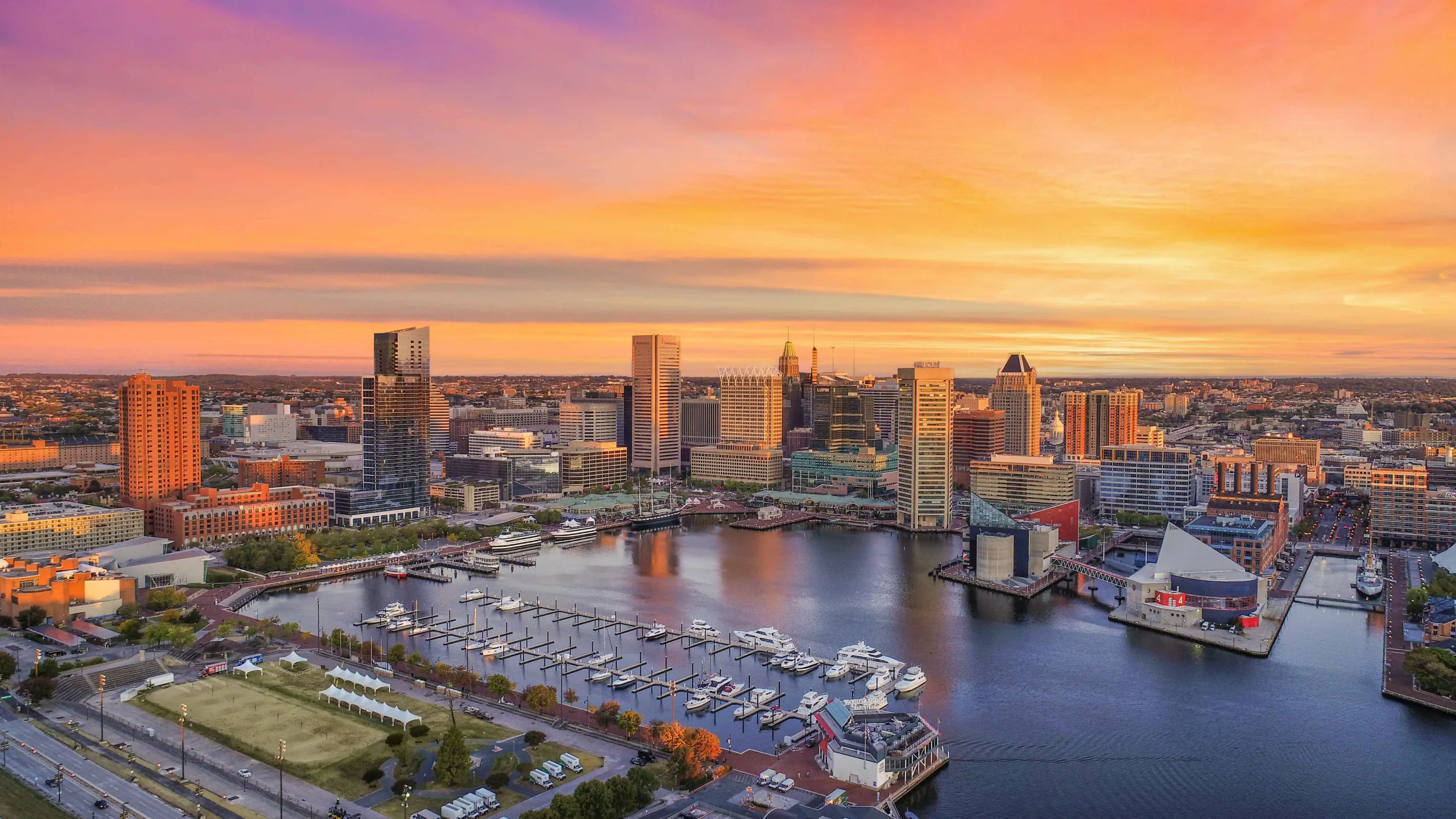
Baltimore is a paradox: still infamous for violent crime, yet showing some of the sharpest year-over-year improvements of any big U.S. city. The crime index sits high at 74.67 (with a safety index of just 25.33), but those raw numbers don’t capture the double-digit drops in homicides and shootings since 2023. For residents, this means the city feels safer than its reputation suggests, but the risk remains unevenly distributed.
Why Baltimore still ranks as dangerous:
- Car theft epidemic: Over 11,000 vehicles were stolen in 2024, roughly one car every hour in early 2024. This single category drives much of the day-to-day victimization locals feel.
- Historic homicide crisis, improving fast: Once the deadliest big city (344 murders in 2015), Baltimore logged a 36% decline in homicides and 30% fewer non-fatal shootings in 2023–24. Progress is real, but homicide rates still outpace national norms.
- Entrenched poverty and gang dynamics: Experts cite economic instability, drug trade, and organized gangs as long-term crime engines. Many of the hardest-hit neighborhoods in West Baltimore, Cherry Hill, and Pulaski show poverty stacked with weak schools and job scarcity.
- Perception gap: Long-time residents like Brian Robinson describe “crime everywhere,” while others insist the danger is avoidable with common-sense precautions and staying clear of high-risk zones.
What safety actually looks like on the ground:
- High-risk pockets: Middle East, West Baltimore, and East Monument Historic District record crime rates hundreds of percent above the national average. These are the places fueling the stats.
- Safer anchors: Roland Park, Parkville, Cheswolde, South Baltimore, Towson, and Canton are well-policed and community-stable areas, often with crime rates below or significantly below national averages.
- Night matters: Central and west-side neighborhoods are especially risky after dark, while Downtown and Inner Harbor areas are more secure due to visibility, foot traffic, and police presence.
- Economic offset: Baltimore’s GDP grew 3.5% in 2023, outpacing the U.S. average, fueled by tech sector growth. This type of economic boost is historically correlated with long-term safety improvements.
Key takeaway:
Baltimore is no longer the outlier it once was. Homicides and shootings are falling, and safe neighborhoods are plentiful. But persistent car theft, entrenched poverty, and nighttime risk in certain districts keep it high on “dangerous city” lists. For newcomers or visitors, the city splits into two Baltimores: one struggling with legacy crime, the other moving toward growth, culture, and safer streets.
Even popular tourist spots aren’t immune Atlantic City has also seen safety concerns rise in recent years, sparking questions about how safe it really is for travelers in 2025.
St. Louis, MO:
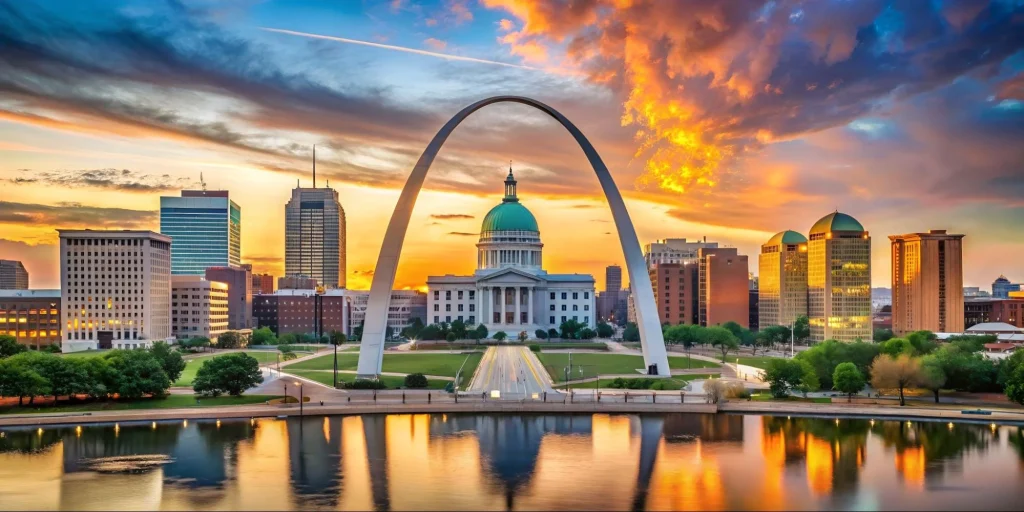
St. Louis has long been shorthand for “America’s murder capital,” but the reality is more layered. For years, the city has posted one of the highest homicide rates per capita in the nation, often more than 60 per 100,000 residents, dwarfing national averages. Yet the context matters: St. Louis City (population ~300,000) differs statistically from St. Louis County (population ~1M+), and a few north-side neighborhoods concentrate most violent crime.
Why St. Louis ranks among the most dangerous:
- Homicide hot spot: While aggravated assaults inflate crime tallies in Memphis, in St. Louis it’s homicides that keep the numbers high. Gun violence dominates, often clustered in a small number of blocks.
- Population shrink amplifies rates: With decades of population loss, the crime rate denominator is smaller meaning the same number of incidents looks disproportionately high compared to larger cities.
- Concentrated poverty and vacancy: Neighborhoods like Jeff-Vander-Lou, Hyde Park, and Walnut Park combine poverty rates over 30%, housing abandonment, and weak job pipelines conditions criminologists consistently tie to higher violent crime.
- Interstate corridors and drug markets: Easy access to major interstates has fueled drug trafficking and associated violence, particularly heroin and fentanyl distribution in the 2010s and 2020s.
- Policing challenges: St. Louis has grappled with police staffing shortages, strained community relations, and shifting prosecutor priorities, creating tension between enforcement and reform.
What safety looks like on the ground:
- High-risk zones: North St. Louis neighborhoods record violent crime rates 4 times the city average, driving the bulk of homicide stats.
- Safer anchors: Central West End, Soulard, Lafayette Square, and parts of South City are gentrifying, lively, and comparatively safe areas where many young professionals, students, and families live with far lower exposure to violent crime.
- Downtown paradox: Police heavily patrol the Ballpark Village and Gateway Arch corridor by day and make it tourist-friendly, but criminals spike vehicle break-ins and robberies after events and at night.
- Trendline: Preliminary 2025 data suggested homicides declined modestly, in line with national trends, but St. Louis still ranks top five in violent crime nationwide.
Key takeaway:
St. Louis’s danger is real but hyper-localized. For residents and visitors, though, the city divides sharply between high-crime north-side districts and stable, thriving neighborhoods elsewhere, meaning risk depends heavily on where you live, work, or spend time.
Cleveland, OH:
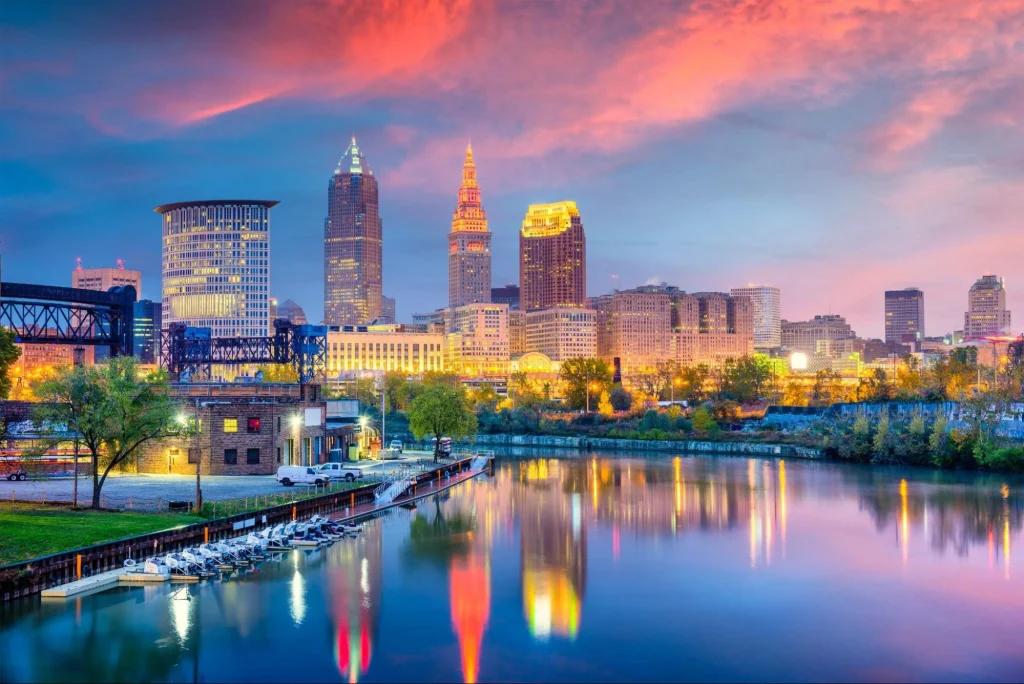
Cleveland’s violent crime rate, hovering around 1,550 incidents per 100,000 people in 2025 is alarmingly high, putting it among the most dangerous big cities in the U.S. Yet beneath that headline number lies a city in transition, leaning on local leadership and targeted strategies to chip away at longstanding issues.
Why Cleveland ranks high and what’s behind the numbers:
- Violent crime remains elevated: Cleveland led Ohio in violent crime with about 1,703 incidents per 100,000 residents in 2025, far above both state (287) and national (364) averages.
- Historic violence, but signs of thawing: Preliminary data shows Cleveland’s homicide rate fell nearly 30% in the first half of 2025 compared to the same period in 2025, thanks to a twin focus on strategic policing and community outreach.
What drives the high crime rate:
- Aggression rooted in systemic inequity: Neighborhoods with concentrated poverty, poor education, and limited job access see the densest violence. Where opportunities are scarce, crime often fills the gap.
- Vehicle theft and property crime: In 2021, your odds of a violent-crime victimization in Cleveland were 1 in 59 and 1 in 21 for property crime, thanks in part to high theft and burglary figures.
- Drug markets and persistent hotspots: Crime maps show that neighborhoods like Central-Kinsman, Hough, and parts of Glenville and Buckeye-Shaker bear the highest violence densities.
What this means for you:
- Danger is place-specific: Cleveland’s headline violent crime rate is undeniably high, but true risk is seat-of-the-pants, localized. Where you are and how aware you are drives your experience more than citywide stats.
- Momentum is happening: Crime is trending downward thanks to local policies, tech-forward tactics, and civic engagement not federal mandates. The hardest-hit neighborhoods still lag, but overall, the city is moving forward.
How are businesses staying safer in the USA?

In cities with higher crime rates, safety isn’t a one-time checklist item, it’s an ongoing priority. Whether you live downtown, in the suburbs, or operate a business in one of these high-risk areas, protection has to run 24/7.
That’s where modern tools like AI-powered Remote Video Monitoring come in. Unlike traditional CCTV that just records incidents, these systems can actively detect intrusions, weapons, violent behavior, or even hazards like smoke and fire in real time. Quick detection means quicker response, often the difference between prevention and damage.
When a threat is identified, trained operators step in immediately. Depending on the situation, they can intervene directly through on-site speakers, alert law enforcement, or escalate according to a client’s safety protocols.
For businesses and residents in America’s most dangerous cities, proactive detection paired with swift action provides an extra layer of protection, keeping people, property, and communities safer.
Conclusion:
America’s most dangerous cities in 2025 are shaped by contrasts. Crime rates remain high in certain neighborhoods, yet many districts are safe, thriving, and improving.
National trends show overall declines in violent and property crime, but local realities can still be tough. Residents, businesses, and travelers hold the key by staying aware of where risks concentrate and where opportunities remain strong.
Safety in these cities isn’t about avoiding them altogether, it’s about navigating them smartly. And trusting Remote Video Monitoring to provide 24/7 detection, rapid response, and peace of mind when it matters most.

